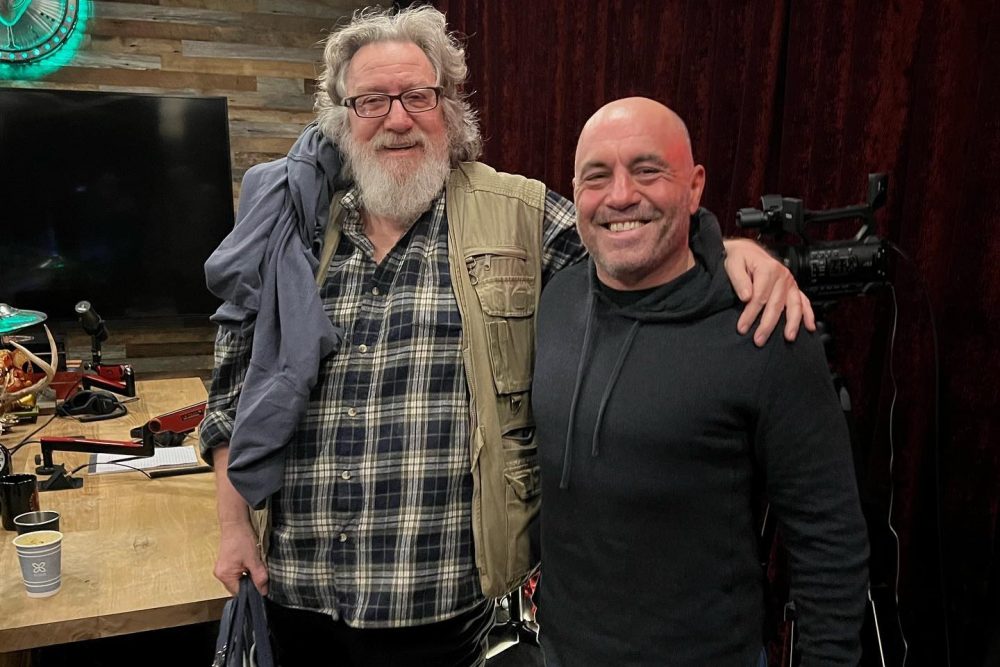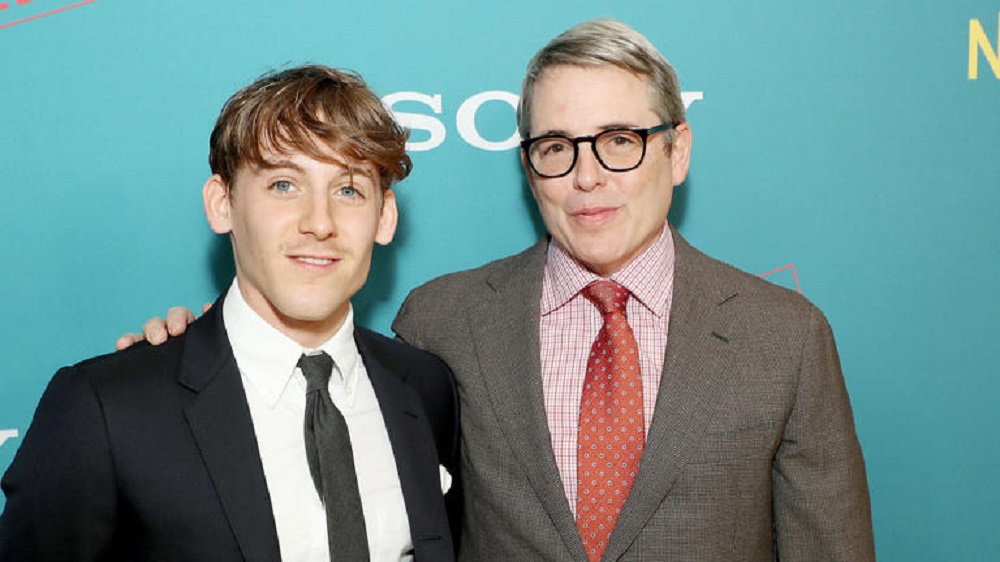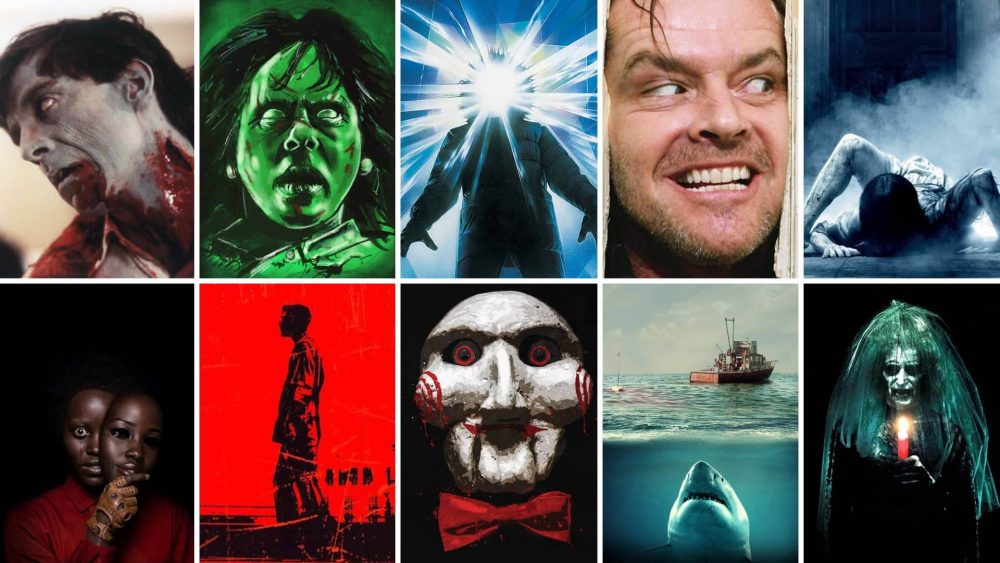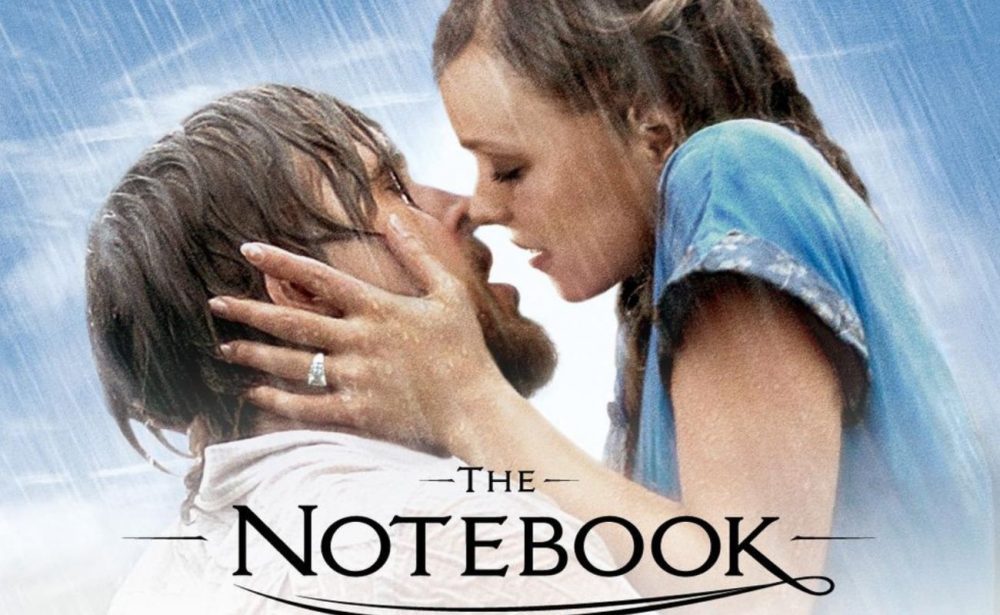The pantheon of cinematic legends is vast, yet a few names shimmer a tad brighter, one of which is indisputably Martin Scorsese. The maestro behind "Raging Bull" and "Shutter Island" has gifted us with narratives that not only entertain but provoke thought. As the eve of his latest creation, “Killer of the Flower Moon,” approached, Scorsese, now in his 80s, was still looking beyond the horizon, urging the world of cinema to introspect and evolve. This time, Scorsese’s lens of critique is aimed at the sprawling empire of comic book cinema. But why would a titan of film question this massive genre of storytelling? Superheroes: A Flight of Fantasy or a Shadow Over Cinema? No one can overlook the stampede to theaters when a new comic-based blockbuster is unveiled. The...
next aeticle
The pantheon of cinematic legends is vast, yet a few names shimmer a tad brighter, one of which is indisputably Martin Scorsese. The maestro behind "Raging Bull" and "Shutter Island" has gifted us with narratives that not only entertain but provoke thought.
As the eve of his latest creation, “Killer of the Flower Moon,” approached, Scorsese, now in his 80s, was still looking beyond the horizon, urging the world of cinema to introspect and evolve.

Martin / IG / They are a “danger to our culture,” Martin Scorsese lashed out at comic book movies ahead of the release of his upcoming “Killer of the Flower Moon.”
This time, Scorsese’s lens of critique is aimed at the sprawling empire of comic book cinema. But why would a titan of film question this massive genre of storytelling?
Superheroes: A Flight of Fantasy or a Shadow Over Cinema?
No one can overlook the stampede to theaters when a new comic-based blockbuster is unveiled. The likes of “Iron Man,” “Thor,” and “Spider-Man” are not mere characters. They have become modern-day mythos. Scorsese is not necessarily taking a jab at these iconic figures. Instead, his concerns lie with how these gargantuan tales might be eclipsing a more diverse cinematic landscape.
From Scorsese’s perspective, movies are more than just a two-hour visual thrill. They serve as conduits of emotion, culture, and philosophy. With every slot at the multiplex taken up by capes and masks, the question arises: Are we sidelining the unique, the raw, the distinct voices of cinema?

Martin / IG / “There will be generations who will think movies are only those (comic and franchise,”) Scorsese laments the rise of franchise movies and comic book movie culture.
“Manufactured Content:” A Thread to Our Culture
When Scorsese warns against “manufactured content,” he hints at a potentially homogenized movie culture. Imagine being served the same dish at every restaurant, merely with a different garnish. Tasty, perhaps, but where is the culinary adventure?
The term “danger to our culture” is not a mere alarmist remark. Consider this: Decades from now, when future generations sift through our era’s cinematic archives, will they find a rich tapestry of tales, or will they encounter a monochrome of superhero sagas?
Seeds of Change: Ground-Up Revolution
But Scorsese’s appeal is not a mere indictment of big studios. He sees hope, not in the established echelons. But in the budding, ground-level creators. It is not so much a swipe at the past as it is an inspiration for the future.

Martin / IG / The fightback should be at the “grassroots level,” the legendary director wants filmmakers to take a collective step.
It is a wake-up call for the underdogs: the indie maestros, the storytellers sitting with a unique script, and the directors daring to tread the path less traveled.
A Broader Palette: Embracing All Cinematic Hues
Here is the crux: Scorsese is not advocating for an eradication of the comic book genre. His contention is with the overshadowing, not the existence.
In a world that relishes diversity in every other aspect, why should cinema remain monolithic? Just as we appreciate a superhero saving the universe, there is merit in savoring a quiet, poignant moment between two characters in a small-town setting, without any CGI in sight. Scorsese’s rallying cry is not for rejection but for inclusion. It is a plea for a richer, more diverse canvas of cinema.










